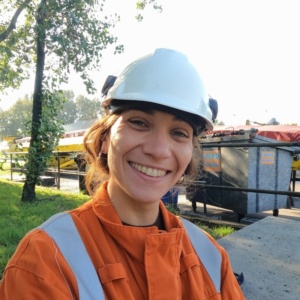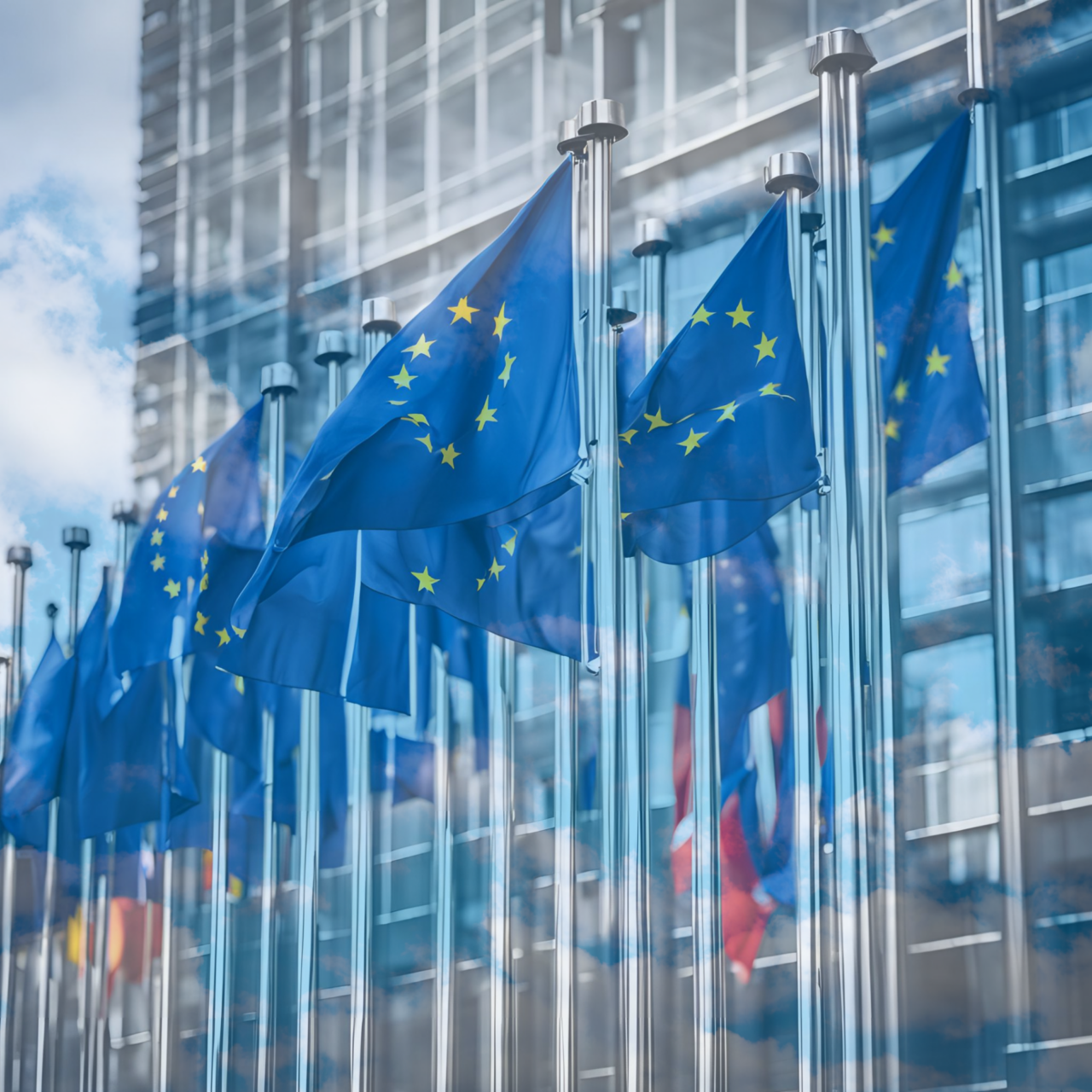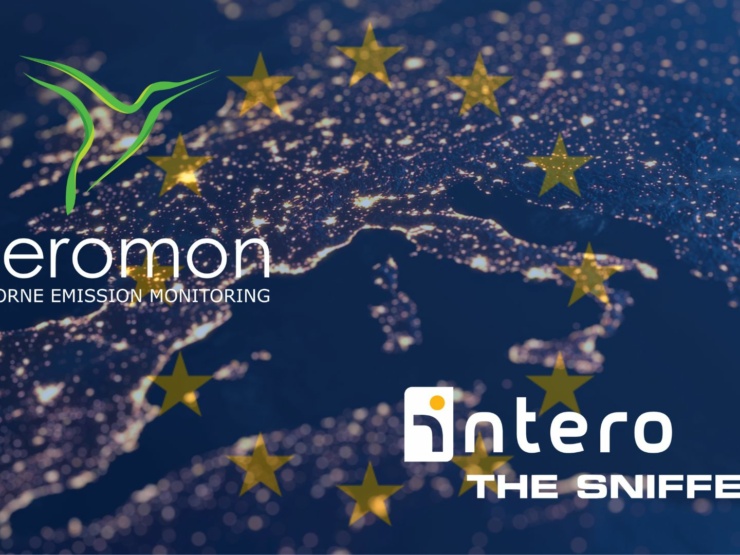The European Union’s Methane Regulation (2024/1787) introduces a new level of accountability for methane emissions in the fossil energy sector. While much attention has been on domestic rules within EU countries, the regulation also establishes clear requirements for imports. This, in turn, affects global exporters who supply natural gas to Europe. This article explains what the regulation entails in practice, why it is important now, and how companies can begin preparing to comply with the new measurement, reporting, and verification (MRV) requirements.
Why This Matters Now
Methane is a powerful greenhouse gas. Reducing emissions throughout the energy value chain remains one of the fastest and most cost-effective methods to slow climate change. Regulation 2024/1787 marks a significant step by the EU to set a global benchmark for methane transparency. The regulation applies not only to operators based in the EU but also to fossil fuels imported into the EU. Therefore, producers and exporters must prove how they monitor and report methane emissions. Because the MRV requirements are both practical and extensive, preparation should start well in advance.
What the Regulation Requires
From 2027 onward, importers must report emissions data for imported fossil fuels. The key requirements for natural gas include:
- -Measurement must occur at the asset level, not just as corporate averages.
-Annual public reporting should include total methane emissions, methane intensity, and the type of measurement methodology.
-An independent third party must verify the reported data.
-Reporting must align with OGMP 2.0 Level 5.
-Reports must provide detailed, asset-level breakdowns rather than aggregated data.
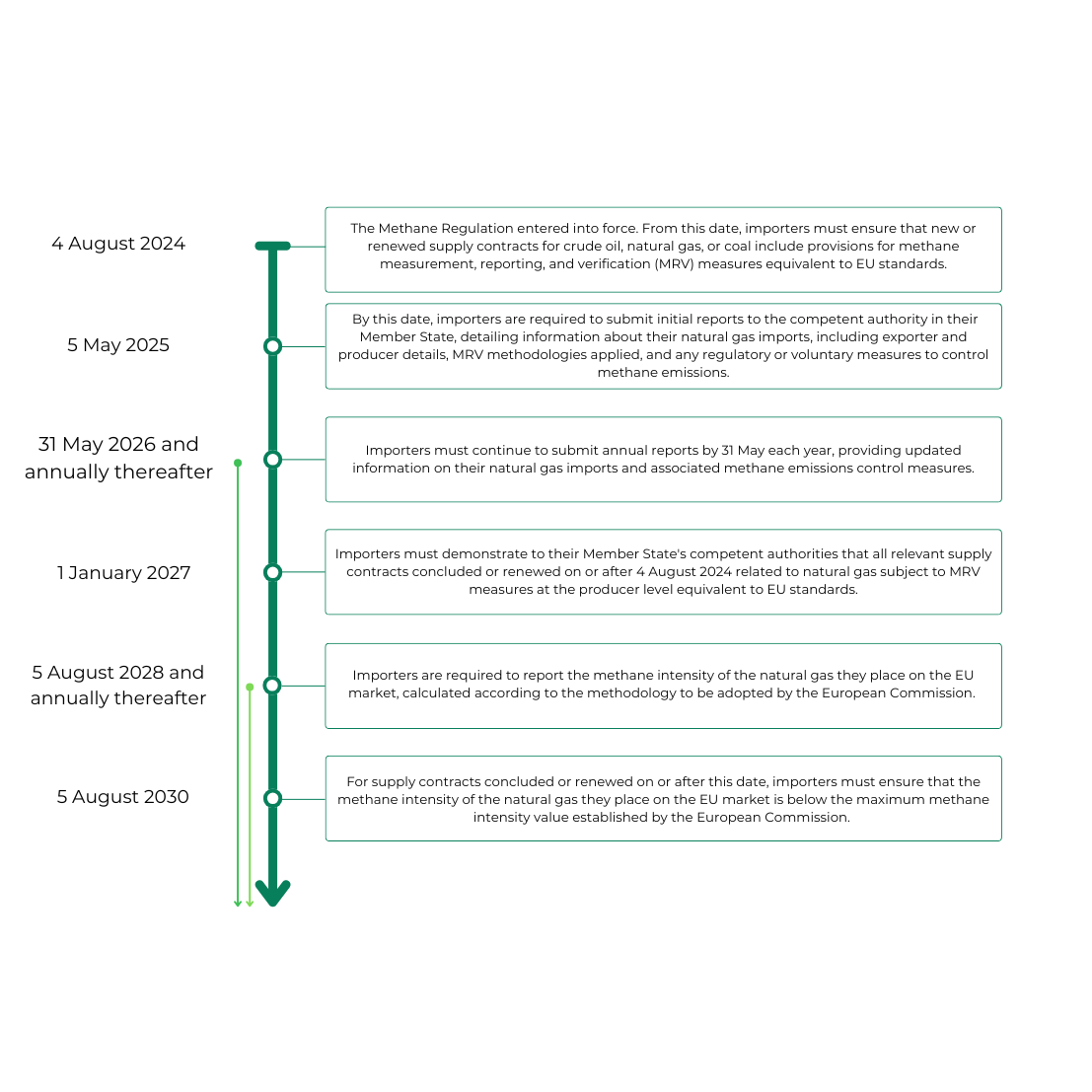
About OGMP 2.0: The Recognised Reporting Framework
The EU regulation bases many of its requirements on OGMP 2.0, developed by the UN Environment Programme and leading oil and gas companies. OGMP reporting levels vary from basic emission factor estimates (Levels 1–2) to comprehensive source-level monitoring and reconciliation (Levels 4–5). Operators already following Level 4 or 5 reporting, which includes reconciling bottom-up and top-down measurements, are well placed to meet the new regulatory requirements.
Read more on OGMP 2.0 and the reporting levels & requirements here.
Challenges: Scaling MRV in Practice
Although the regulation’s overall goals are clear, companies now face operational challenges in implementing MRV systems across multiple regions and assets. These challenges include:
- -Coordinating efforts between national operators and international buyers.
- -Ensuring measurement consistency across different technologies and standards.
- -Securing access to qualified service providers for detailed site- and source-level measurement.
- -Navigating procurement frameworks that facilitate transparent data sharing.
While some implementation details are still evolving, the main requirements and expectations are well established.
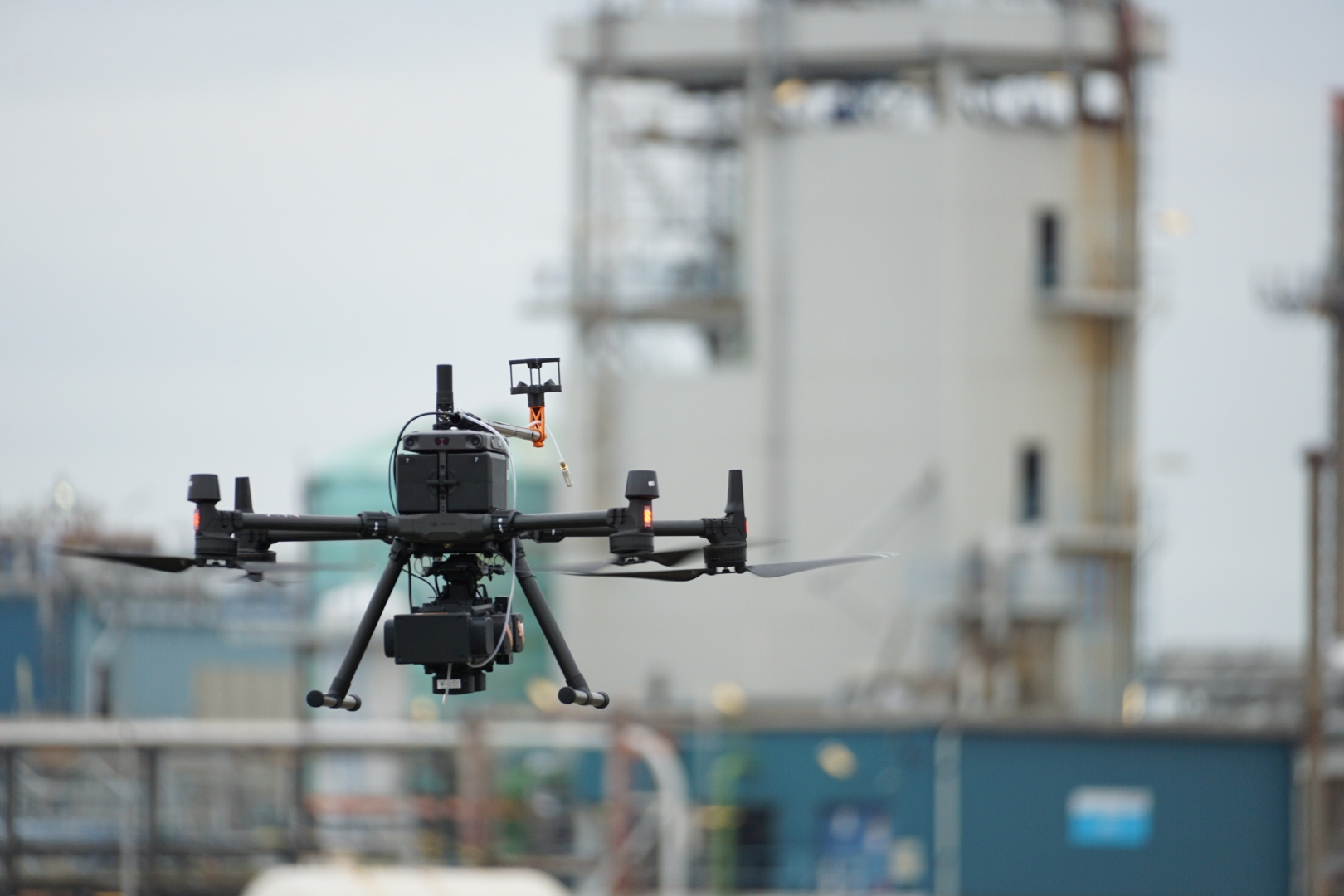
Setting a New Baseline for Global Trade
The EU is the first to introduce such a comprehensive methane framework. Its approach is likely to influence regulations in other countries such as the UK, Japan, and beyond. For gas producers, complying with EU standards is becoming essential not only for regulatory reasons but also for maintaining reputation and commercial viability. Transparent MRV data helps ensure long-term buyer confidence and access to EU markets.
What Responsible Exporters Can Do Next
Exporters can take several steps to prepare:
- -Join the OGMP 2.0 framework to align with recognised methodologies.
-Start implementing structured asset-level measurement and reporting across their portfolios.
-Build partnerships with trusted MRV service providers to ensure scalability and verification.
-Engage proactively with EU-based importers to prepare for contract and compliance requirements.
How Aeromon Supports Compliance
Aeromon, an ISO17025 accredited testing laboratory, specialises in site-level methane quantification and helps energy companies meet the technical demands of the EU Methane Regulation and OGMP 2.0 Level 5.
Our international clients receive support with:
- -Conducting aerial and on-site leak detection and quantification campaigns.
-Reconciling top-down and bottom-up emissions data.
-Producing independently verifiable MRV reports suitable for regulatory submission.
-Successful compliance strategies often combine multiple technologies and service providers.
We’re ready to assist your company in establishing structured, verifiable methane data throughout your operations. Contact us to discuss!
We're ready to assist your company in establishing structured, verifiable methane data throughout your operations. Contact us to discuss!
